Hi everyone! Here you will find photos/videos of microscopic stuff. My pictures are taken with an OMAX Lab LED compound microscope and Lumix Panasonic digital camera or an iPhone FAQ
Don't wanna be here? Send us removal request.
Text

Pyrocystis fusiformis
Pyrocystis fusiformis is a bioluminescent dinoflagellate that glows blue in agitated water. It is often grown in homes and labs for science projects due to its easily cultivation.
Photo credit: @merismo on Tumblr
377 notes
·
View notes
Video
tumblr
Microscopic isopod
450 notes
·
View notes
Text
If you've ever wanted an insane amount of information on every protist genus ever, today is your lucky day! The International Society of Protistologists has uploaded a PDF of their extremely detailed illustrated guide, and it's all free for use and dissemination.
Even if protists aren't really your thing, it's worth scouring through some of the pages to look at the absolutely gorgeous micrographs and illustrations.










Seriously, if you are needing inspiration for cool monster designs, check this out. Or if you just happen to be really into parasites that only 3 people have ever heard of.
56 notes
·
View notes
Text
Stentor Coeruleus
Quelques photos d’ un stentor coeruleus avec sa magnifique couleur bleu due aux pigments de stentorine;

La stentorine est un pigment qui est à la fois un photorecepteur qui lui permet d’ éviter la lumière vive et qui est toxique pour ses prédateurs

Les images suivantes donnent un aperçu de la bourse buccale


15 notes
·
View notes
Text
Sorry for the shaky footage (I really ought to get a stand for my phone) but would you believe it! It’s Noctiluca scintilans!
They’re known for causing bioluminescent waves that glow bright blue…. At least when there are a lot of them. I collected a plankton tow sample off the coast of LA and this was the only one I found. You can’t really make glowy waves when there’s just one of you, but I applaud him for trying his best.
#also thats the flagella that dinoflagellates get their name from#also shout out to the kind fellow at the dock who helped me (a random stranger) collect plankton!
139 notes
·
View notes
Text
Calling yourself God-like because you have an inordinate fondness for beetles
144 notes
·
View notes
Text


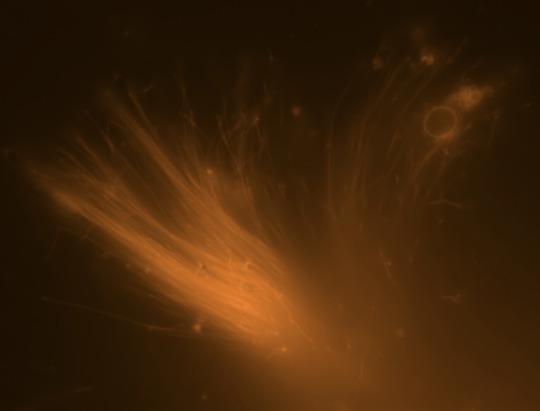
Satellite footage of sun bursts A single-celled organism (Staurojoenina assimilis) stained with flagella and cell-surface dye.
The hindguts of termites (where you can find these protists) are jam-packed with life, though perhaps a little too much life. Trying to separate out the DNA from a species without contaminant DNA getting in the way is a difficult task, and can sometimes lead to misleading results. Dyes like these could be used alongside a machine called a flow cytometer to separate out different cells, and hopefully obtain a clean "pool" of just one species (out of many).
Not too useful for Staurojoenina, which at a (relatively) whopping 130 micrometers is easy to manually collect. Here it is without the dye:
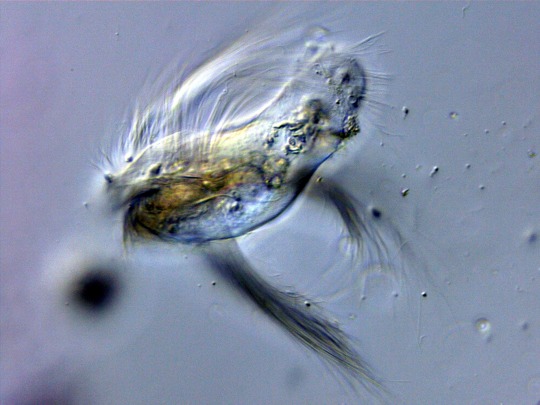
but certainly useful for protist species such as Tricercomitus divergens, which at 2-5 micrometers are often dwarfed by its bacterial neighbors:
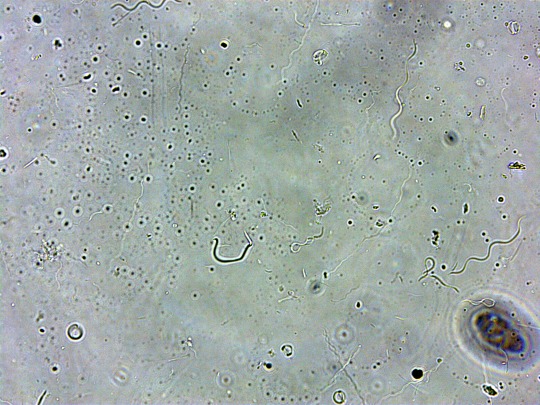
There's actually two of them in this photo, believe it or not. I'll give you a hint- they are smaller than the squiggly lines (which are bacteria)
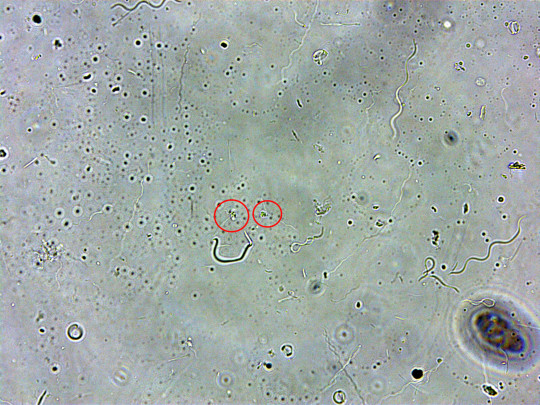
It's crazy to think that a eukaryotic cell, complete with a nucleus and organelles, can be smaller than a bacterial cell! Well, ignoring the freakishly large bacteria.
#protists#microscopy#also hmu if you run a protist fandom blog#or an invertebrate fandom blog#i want to follow more people#no discourse tho sorry#unless its taxonomic discourse#which is the best kind
74 notes
·
View notes
Text
This is cute but inaccurate/misleading. And it’s at 30,000 notes!
“Our most recent common ancestor was a primitive flatworm that lived more than 750 million years ago” The presence of very simple worm-like creatures in the Cryogenian is a topic of hot debate (see here for a dense review, tl;dr the fossil record says no, molecular clock analysis says maybe yeah), but there’s REALLY big difference between a flatworm and a flatworm-like animal. It’s an awfully bold claim to say that our common ancestor was a flatworm (which is of the phylum Platyhelminthes). It might seem like I’m nitpicking but in terms of describing evolutionary relationships... that’s an incredibly important distinction to make. It’s really no different from saying “we evolved from chimps” vs “we share a common ancestor with chimps, and that ancestor was probably chimp-like”. To say that 750 million years ago, we already had flatworms with bilateral symmetry and cephalization and even eyes (at least according to the artwork)... I think that would be the fastest way to get a conference of invertebrate taxonomists to start a riot.
“This implies that every single living thing that branched out over the ages carries the genetic ability to dream” This is like saying the common ancestor for all vertebrates could breath underwater, therefore all vertebrates can breath underwater (or have the “genetic ability” to, which is a meaningless term). Also every single living thing? Did all life emerged from this “flatworm”? Even plants?
“From willow trees to-” Well.... willow trees, along with all other land plants, evolved from green algae. Not flatworms, nor any other metazoan. Plants can’t dream. They don’t even have a nervous system (please don’t bring up “plant intelligence” or I will set the nearest car on fire).
And finally... homologous traits, anyone? Can it be that dreaming evolves alongside intelligence, rather than being an ancestral trait to nearly all animals? Could octopuses and mammals have evolved it independently? That’s certainly the most parsimonious explanation, and understanding evolutionary traits is all about parsimony. It’s like saying the common ancestor of birds and insects must have had wings. It’s misleading to leave out this explanation.
Alright, let me say this. I’m not trying to ridicule you. Trying to educate the public about science is a very noble goal, but it can go wrong really quickly. Misinformation about science is everywhere on the internet. I know it is nearly impossible to teach about science and never make even a tiny little slip-up (even I have had my moments). But it is really important to double-check your sources, and better yet, provide them.
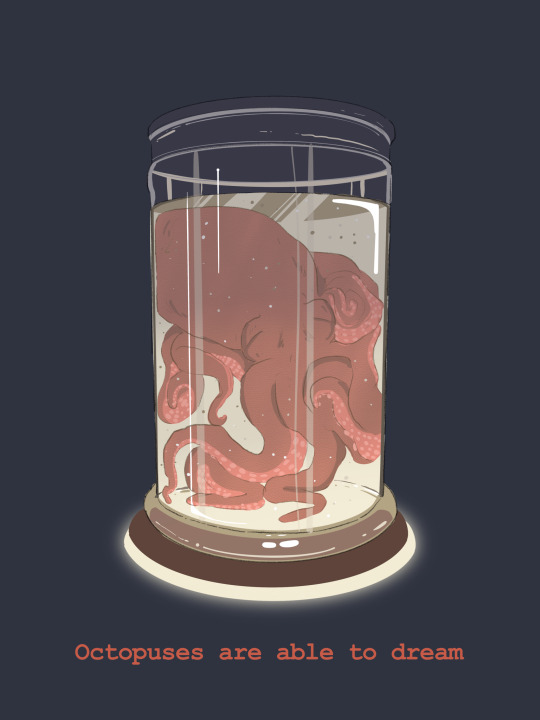
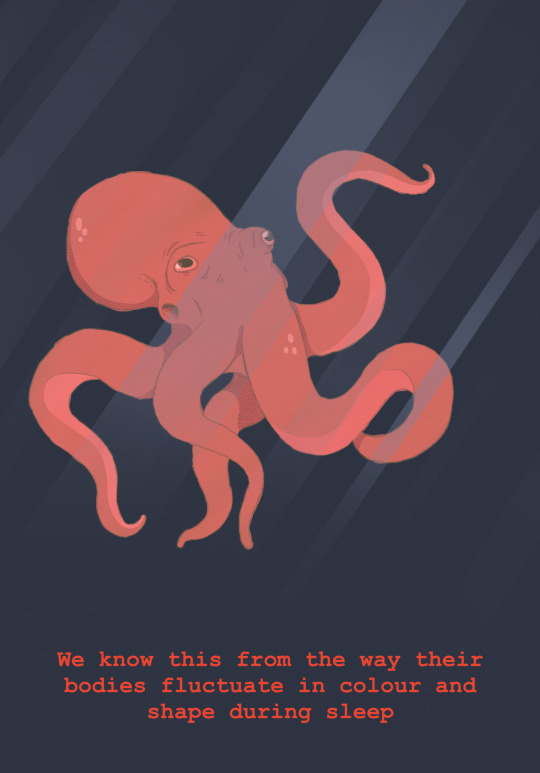
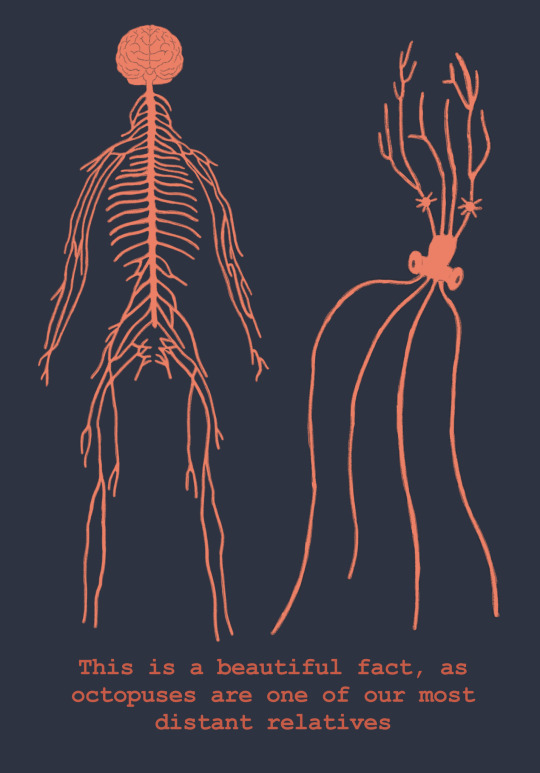
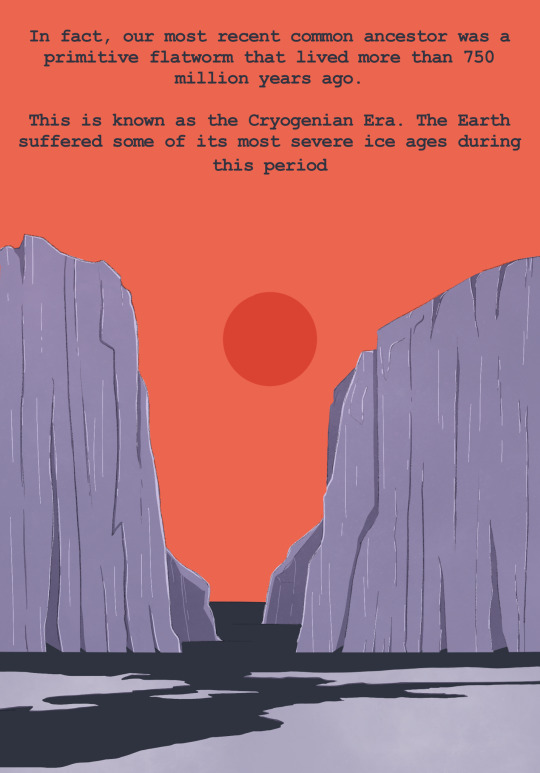

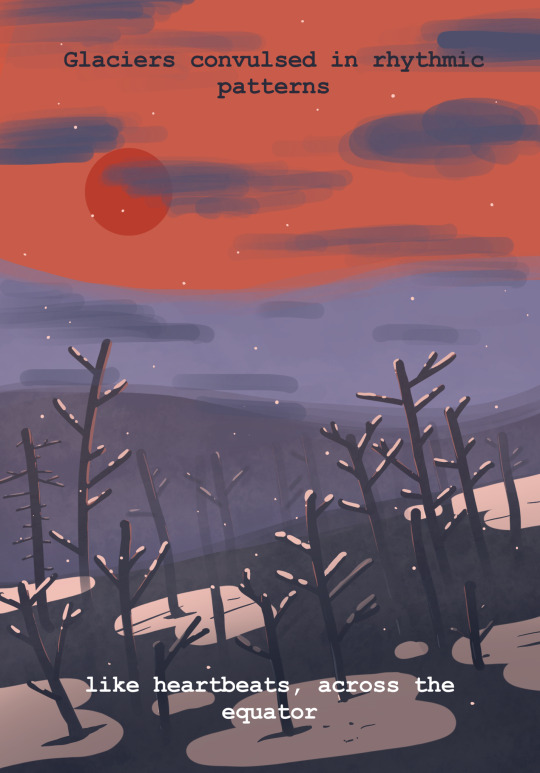
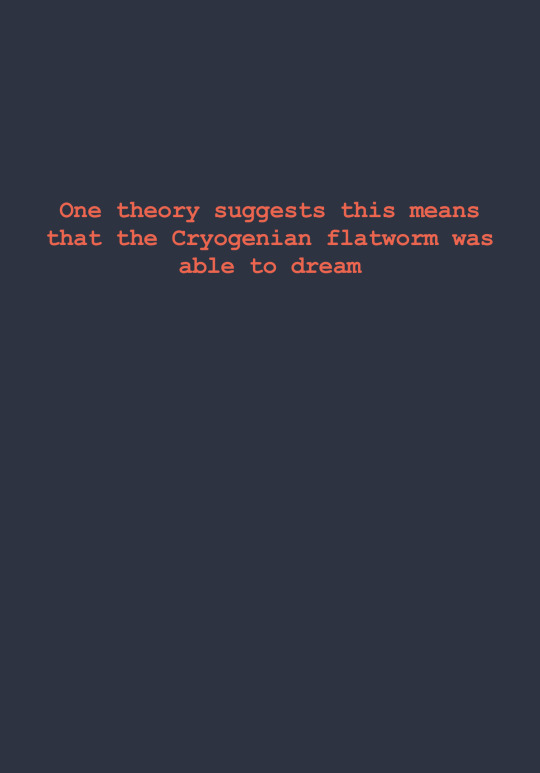

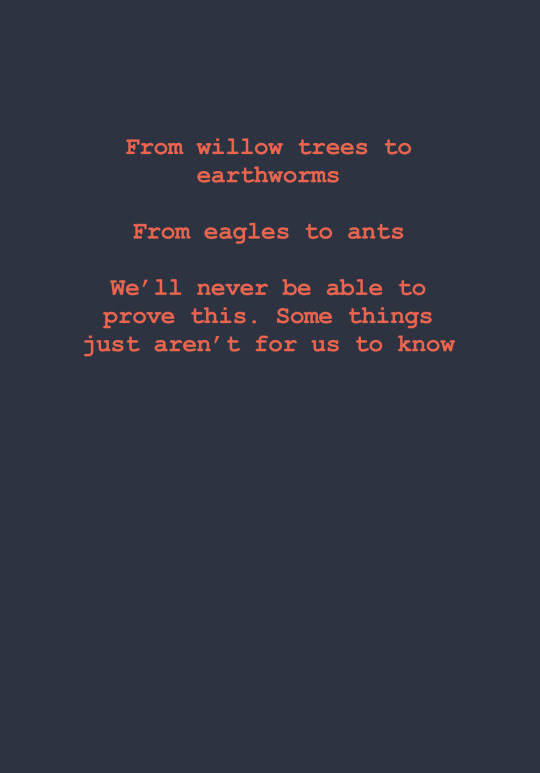

hello my hand is gonna fall off
tap for better quality!
94K notes
·
View notes
Photo




Here’s a reminder that the dino in dinosaurs is from deinos, meaning terrifying, whereas the dino in dinoflagellates (shown here) is from dinos, meaning whirling (cause their flagella whirl around, which is really the least interesting thing about them. Seriously, some of them have mini machine guns).
So when people talk about dinos you should automatically assume they are referring to dinoflagellates.
136 notes
·
View notes
Text
All these people taking about an influx of bot followers makes me sad. I haven’t gotten any yet.
I guess spam bots don’t care about protists like they used to...
33 notes
·
View notes
Video
tumblr
Trichomitopsis, a protist found only in termite guts. Really easy to tell apart from other gut protists thanks to their characteristic (and quite mesmerizing) “undulating membrane”.
125 notes
·
View notes
Text
I mostly just lurk on the biology side of tumblr nowadays but I see a lot of posts with slight misinfo (or not so slight) but I’m socially awkward and I dunno how to correct people without sounding either abrasive or pedantic. I’m sure others have found errors in my posts (sorry for saying malaria doesn’t negatively affect the mosquitoes and thank you to the guy who corrected me 4 years ago) but if I ever say anything incorrect in my posts please feel free to correct me in any way you chose. I promise I won’t get mad! I’ll be thankful!
#fruit flies do in fact eat fruit#all worker bees are female#etc...#there was another one about leeches but now I don't remember#huh... my interest has shifted away from protists and more to inverts in recent years#also doesnt help that there are like 3 of us in the protist fandom
27 notes
·
View notes
Photo

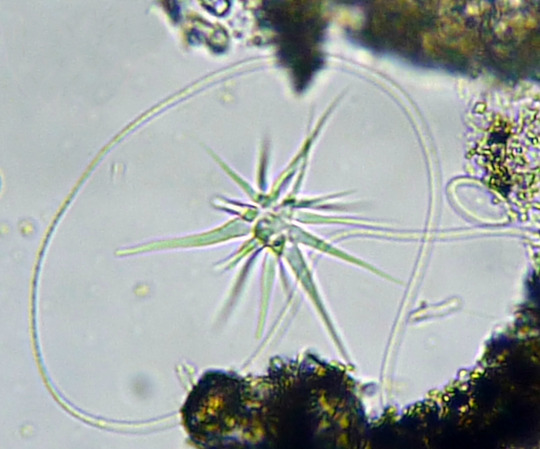


I remember when I first came across these weird star things under the microscope, I assumed they were some kind of pointy algae (blame the microscope for giving everything a slightly green hue... wait, is that why bacteria are always portrayed as green?) but it turns out they are amoebae with stretched-out pseudopodia, or “arms”.
It’s a bit more clear that they are amoebae in this photo:
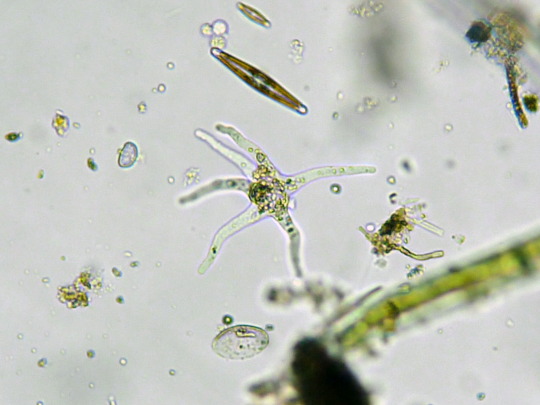
See? Nice and wobbly, the way amoeba should be
*Also, amoebae is the plural form of amoeba. Personally I feel like that is too many vowels but ok.
516 notes
·
View notes
Text
I really do think amoebologists are some of the most powerful people. You can show them an image of a featureless blob and they’re like Oh yeah! that’s *so-and-so-latin-name*!
I could never.
63 notes
·
View notes
Photo



Nostoc cyanobacteria (as well as some other species) form gelatinous colonies to protect themselves from being eaten and/or drying out. But this survival tactic doesn’t always work. Some start rotting, presumably the fault of other bacteria that have managed to break in, or perhaps from bacteriophages causing the cell contents to spill as they break out.

But not all hope is lost! There seems to be some kind of “escape pod” mechanism as a back-up:

Godspeed you, little buddy.
108 notes
·
View notes
Photo


Spirogyra and cyanobacteria, two very different types of “algae”.
#the 'new' camera I got is way too complicated#it has a bunch of auto-adjust features I can't turn off so like#95% of the time the photos turn out bad#5% of the time they turn out great#and I cannot control this. The camera controls it for me#tbf it is not a camera meant for microscopy but still#I don't know what to do now cause my phone doesn't take good photos either#sorry for the dry spell!#These two turned out decent
87 notes
·
View notes
Video
I still dont know what this is
tumblr
Unidentified protist. Quite the hyper one.
87K notes
·
View notes